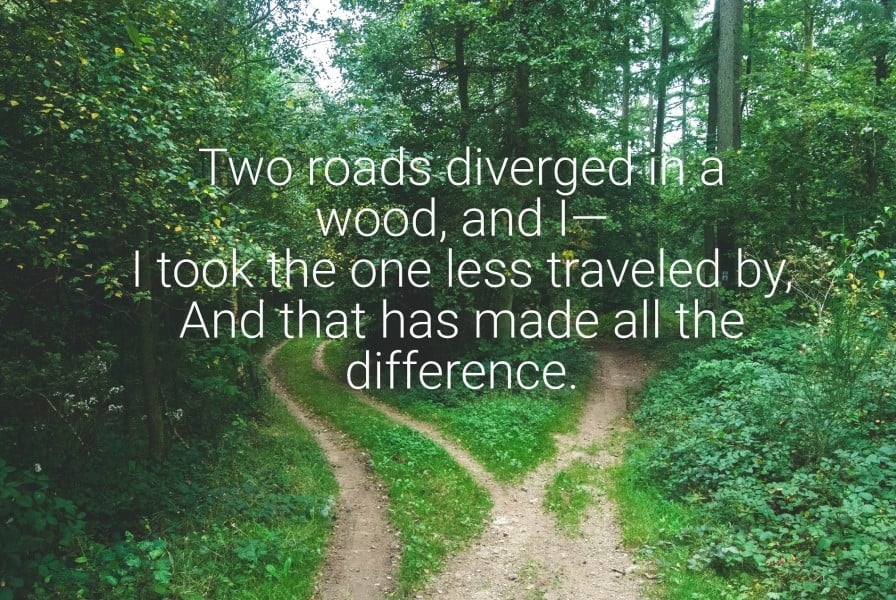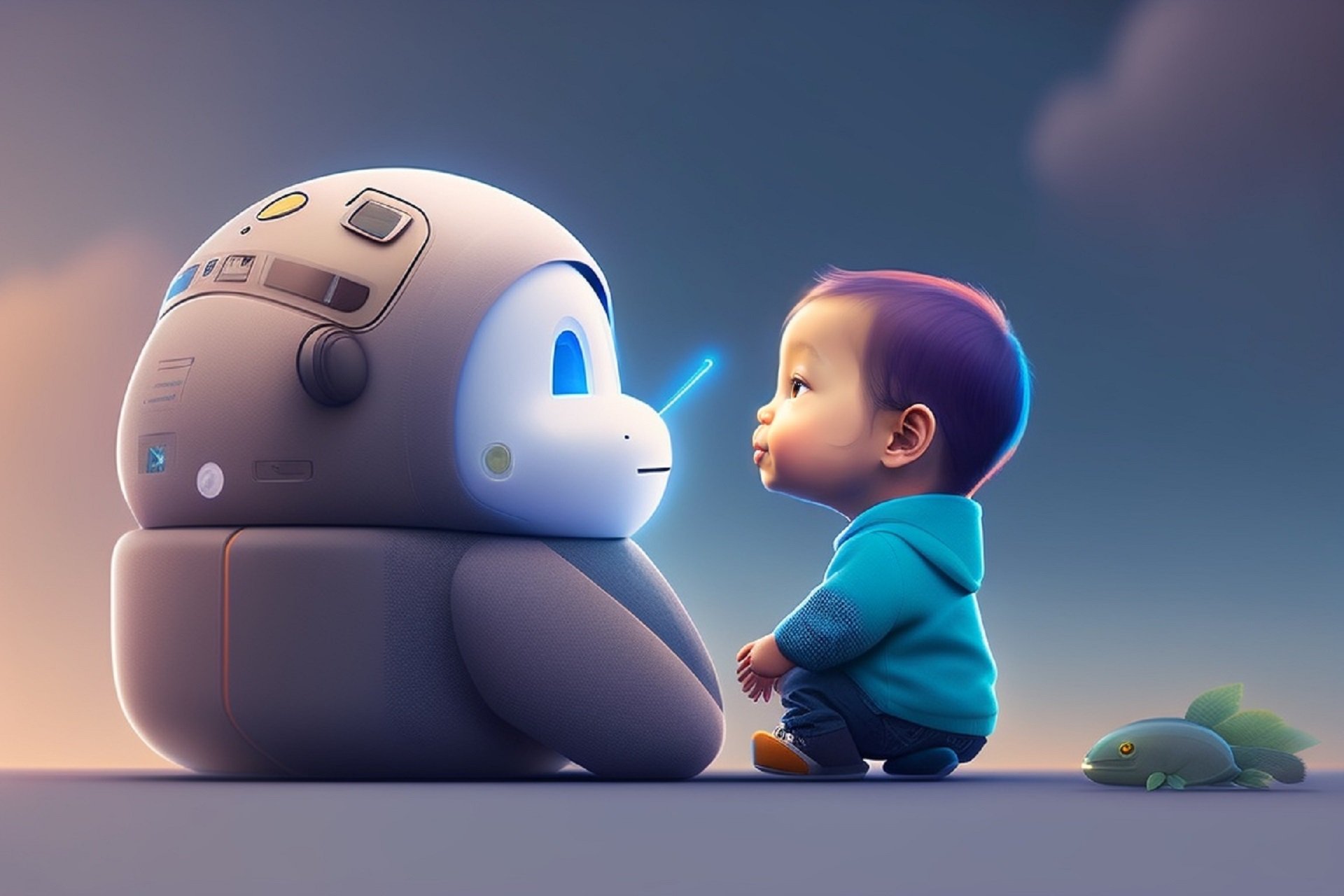
Kuka AG of Augsburg, Germany, was a well-known manufacturer of industrial robots. But the company wanted to move beyond industrial robots to new and exciting applications of robots - preferably in markets with fewer competitors. The search led to establishing a new division aimed at the entertainment and simulation sectors. And in 2010, it found the best new application - the Harry Potter and the Forbidden Journey ride at Universal Orlando.
This ride gives you the feeling of flying, just like your favorite Quidditch players. The new business provided Kuka (link below), recently purchased by Midea Group Co. Ltd. of Guangdong, China, with a new source of revenue and profits.
Harry Potter and the Forbidden Journey Ride
Harry Potter and the Forbidden Journey (link below) is not a roller coaster but instead relies on the movement of robotic arms, timed to match the scenery being shown to the rider. It has some elements of simulator rides, such as The Simpsons Ride (full disclosure: the author of this piece went on that ride – the scenery was the key). However, it also requires meticulous control of the rider’s line of sight. In other words, it requires a degree of precision that the Kuka’s robotic arms were capable of delivering.
Kuka’s arm (link below) is attached to a base that follows a busbar track. The arm looks like the automated processor robots in automotive manufacturing plants (many of Kuka's products have industrial uses). It picks up four-person ride carts and moves it along the line; the illusion of flying is supported by the range of motion of the arm. This range of motion swivels the riders as needed to sustain the illusion.
Invention Extension
Kuka employed a well-known - but difficult to successfully implement - technique: invention extension, also known as tech extension. Kuka extended its technology to a new business area and market, adapting the technology itself as it did so. It meant that Kuka could take advantage of its expertise in industrial robot arms to create an entirely new line of business.
For TTOs, the attraction is clear. Why limit your potential licensees to a single application of your university’s research projects when you can leverage each innovation disclosure to multiple tech areas? This gives you various opportunities to find the right partner for your project for an exclusive license. And for non-exclusive licenses, this gives you different ways to license your project. You have a much higher deal potential for each project, and your university can make more money.
Of course, tech extensions aren’t easy, or else everyone would be doing them. Yet some universities - and some companies - have been successful. How did they do it?
Create tech extensions
So how can you quickly create tech extensions for your research project? We recommend the following steps:
- Strip the technology down to its core.
- Look for other products using that core.
- Identify the need that the core satisfies for each product.
- Analyze the market corresponding to that need.

Strip The Technology Down to Its Core
You need to start by finding the essence of your research project. This essence is not the proposed application of the technology or even what the published paper says. This essence is the most minimal way to summarize the technology.
For example, for Kuka, the essence wasn’t robotics for factories - it was robotic arms. And specifically, robotic arms that were programmable and capable of fast and yet precise movements while carrying heavy weights. The robotic factory arm became the robotic amusement ride arm.
We’ll talk more about DIY technology core findings at our upcoming webinar on June 1st, 2022.

Look For Other Products Using That Core
Of course, Kuka didn’t leap immediately from robotic arms to amusement park rides. Instead, it looked for applications that needed robotic arms. But Kuka also considered applications that require technology to be programmable, move quickly yet precisely, and carry heavy weights. This second step is essential when searching for relevant products, because the specific solution may not be already known in that market - but the needs are.
Amusement park rides were already competing to be the most thrilling at the time when Kuka helped create the Harry Potter ride. Every amusement park wanted to have the latest and best ride - preferably with a new twist. So, Kuka was able to offer a solution to the needs of that market - even for buyers who had no idea about the uses for robotic arms.
Searching for relevant products can be difficult. One way is to search through industries that have expressed needs relevant to your technology core. Another way is to use the description of your technology core to do a semantic patent search. And a third way is to look for well-known innovators in each industry and then see who they reference as important inspirations or sources of knowledge.
We’ll discuss all these different ways that you can find relevant products at our upcoming webinar - even without fancy tools.

Identify The Need That the Core Satisfies for Each Product
We need to identify the satisfied need per industry. We’ve already started to do this with the above examples. The relevant products will help us identify the satisfied needs and the relevant sector.
A good market segment for innovation (link below) is a market with a clear-cut, well understood market need. According to UMI (link below), “Seventy percent (70%) of innovation failures are due to a lack of market needs”
We’ll review the need identification at our upcoming webinar on June 1st, 2022.

Analyze The Market Corresponding to That Need
Market segmentation and analysis become much more manageable once you’ve found the need and industry. Market segmentation enables specific aspects of the industry to be more precisely targeted. The industry tends to be quite broad - such as amusement park rides, for example. But they may also have geographic differences.
For example, amusement parks in China are extremely popular. They focus on thrill rides, nature, and outdoor attractions. In 2016, four of the world’s largest and most famous amusement parks were in China. The top two in popularity? Hint: Disneyland in Hong Kong came in number two. The number one amusement park is Ocean Park in Hong Kong, which is also the world's 13th most popular attraction. It features a combination of rides and animals.
But the US theme park market is very different.
In the US, the pandemic has led to such changes in the amusement park experience as increased use of AR (augmented reality) and VR (virtual reality) to create new types of rides and experiences. Touchless technology (link below) – think touchless ticketing, facial recognition for employees and fewer doorknobs, is also likely to be popular.
So the future technology requirements for Chinese and US amusement parks are likely to be quite different – opening new possibilities for universities with technology that could help these different markets.
Can you make the invention extension leap?
Not all universities systematically search for opportunities to apply their technology outside of their core markets. When you extend your technology to a new business area and market, potential profits and growth can be yours, too.
Join us at our webinar to learn more about our tips, tricks, and techniques for tech extension.
Resources:
Danneels, E., & Frattini, F. (2018, March 6). Finding Applications for Technologies Beyond the Core Business. MIT Sloan Management Review. Retrieved May 10, 2022, from https://sloanreview.mit.edu/article/finding-applications-for-technologies-beyond-the-core-business/
Mumpower, D. (2019, August 5). Behind the Ride: 5 Mind-Bending Tricks Employed by Harry Potter and the Forbidden Journey. Theme Park Tourist. Retrieved May 10, 2022, from https://www.themeparktourist.com/features/20150319/30063/behind-ride-4-mind-bending-tricks-employed-harry-potter-and-forbidden
Weil, A. (2020, September 9). 3 companies that found new application fields for their technology. UMI. Retrieved May 10, 2022, from https://www.umi.us/blog/new-applications-innovation/
Wikipedia contributors. (2022, April 28). Boston Consulting Group. Wikipedia. Retrieved May 10, 2022, from https://en.wikipedia.org/wiki/Boston_Consulting_Group
Baatarsuren, B. (2021, April 12). The 6 Most Beautiful and Magnificent Islands in China. Discover China. Retrieved May 10, 2022, from https://www.discoverchina.com/article/beautiful-and-magnificent-islands-in-china
Switow, M. (2021, March 31). Chinese Theme Park Industry Continues to Grow Despite Pandemic. IAAPA. Retrieved May 10, 2022, from https://www.iaapa.org/news/funworld/chinese-theme-park-industry-continues-grow-despite-pandemic
Ross, B. (2022, March 18). Theme Park Marketing & Industry Trends Shaping 2022 from. Linchpin SEO. Retrieved May 10, 2022, from https://linchpinseo.com/trends-in-the-theme-park-industry/
.png?width=1920&name=Your%20brain%20when%20you%20come%20to%20our%20webinar%20(1).png)

